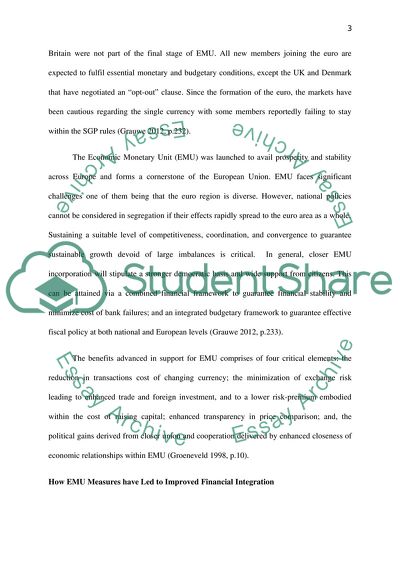Cite this document
(International Financial Institutions and Policy Essay, n.d.)
International Financial Institutions and Policy Essay. https://studentshare.org/finance-accounting/1792111-international-financial-institutions-and-policy
International Financial Institutions and Policy Essay. https://studentshare.org/finance-accounting/1792111-international-financial-institutions-and-policy
(International Financial Institutions and Policy Essay)
International Financial Institutions and Policy Essay. https://studentshare.org/finance-accounting/1792111-international-financial-institutions-and-policy.
International Financial Institutions and Policy Essay. https://studentshare.org/finance-accounting/1792111-international-financial-institutions-and-policy.
“International Financial Institutions and Policy Essay”. https://studentshare.org/finance-accounting/1792111-international-financial-institutions-and-policy.


